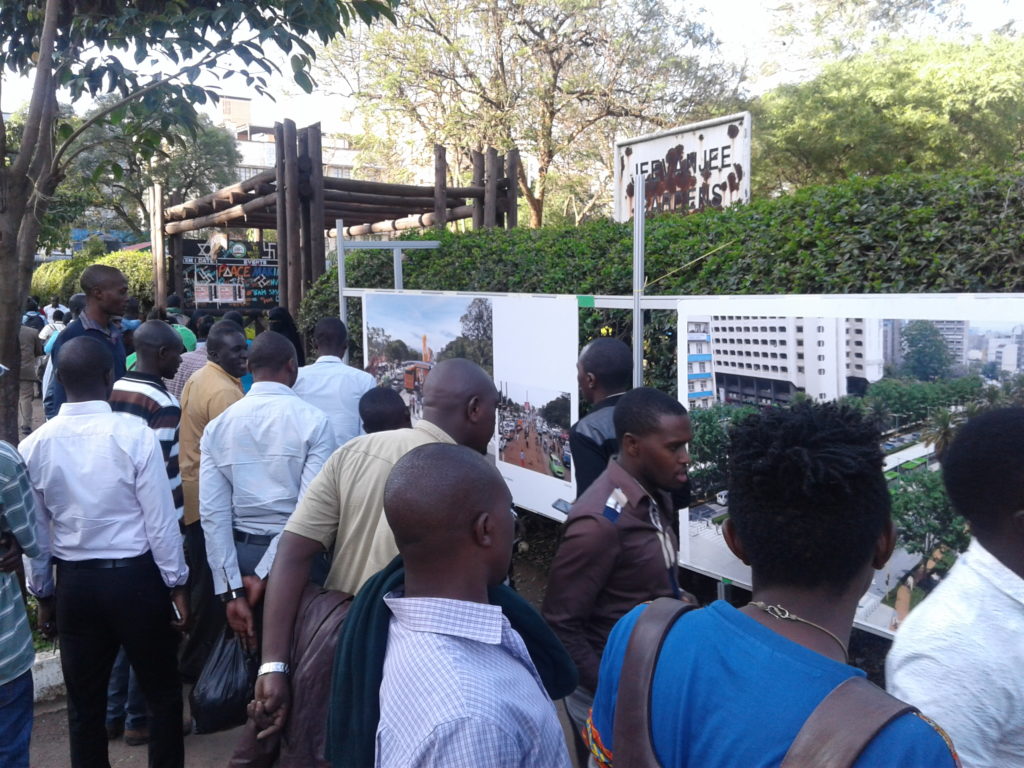An NMT strategy helps to define a common vision for improving the walking and cycling environment. The strategy can serve as an umbrella document that guides specific projects, such as a streetscape redesign or the implementation of a system for managing on-street parking. It also can help guide coordination among the multiple agencies that play a role in the design and management of the NMT environment. In laying out the vision for an enhanced walking and cycling environment, an NMT strategy can complement mobility plans, which offer detailed guidance on specific mobility initiatives.
An in-depth assessment of the existing walking and cycling environment is an important step toward the development of an NMT strategy. The assessment should combine desktop research and field studies enabling the team preparing the Strategy to experience the NMT environment first-hand. The assessment also includes consultations with relevant stakeholders to gather information on the institutional environment.
Whether the document is framed as a policy or strategy, the document should be brought before the appropriate decision making body (e.g., a national transport ministry or a local government body) to gain statutory approval. NMT strategies at the national level are helpful for defining priorities for the use of road fund revenue and other sources of national government funding. National governments can set standards for the use of national funding in order to incentivise the implementation of NMT improvements. Another important function of an NMT strategy is to guide the development of national guidelines that have an impact on the NMT environment, such as street design standards and building control regulations. At the city level, an NMT strategy can offer a more specific roadmap for local NMT improvements, such as footpath projects, cycle network development, greenways, and parking reform.
Sample timeline for strategy preparation

